2016 Hyundai Elantra review, test drive
The new Elantra looks even better than the last one. But what's it like behind the wheel?
Published on Aug 10, 2016 01:00:00 PM
62,951 Views
Follow us on
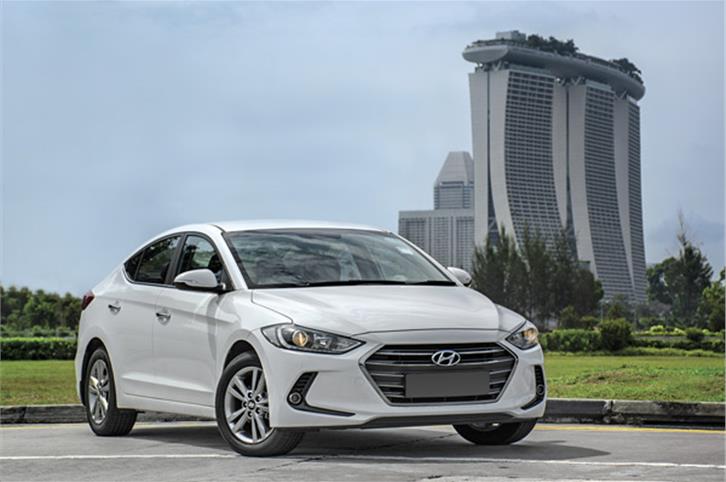
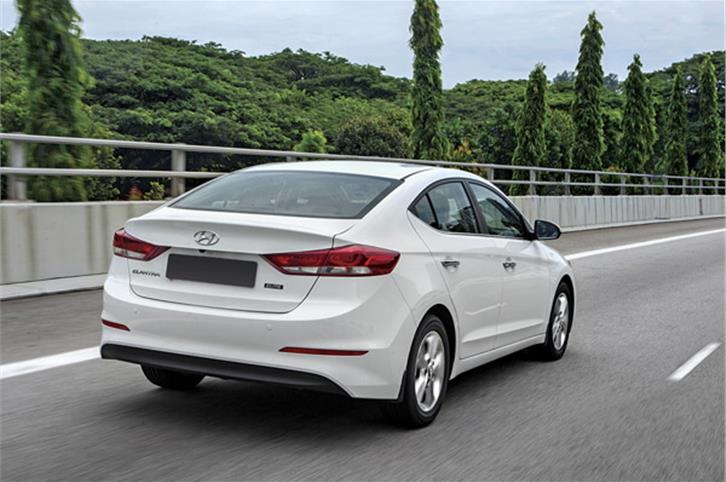
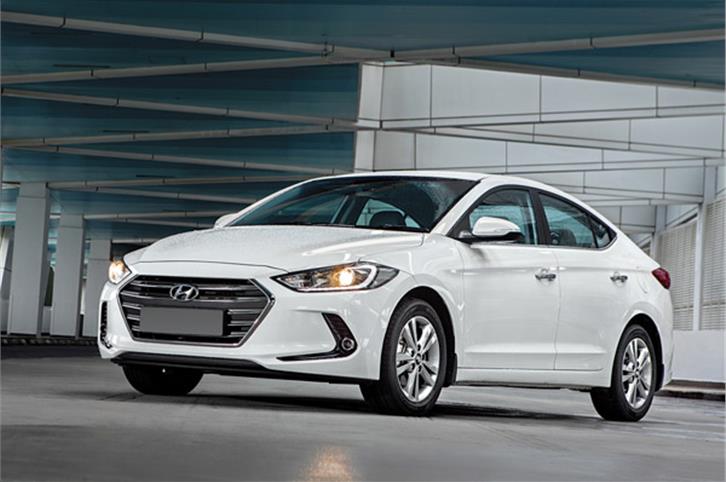
Tech Fest
Under the skin, the Elantra sees a massive step up in technology. The monocoque is now made up of a higher grade of steel. A massive 53 percent of the steel now used on the car is high-strength steel (HSS) versus 21 percent on the earlier car, and the chassis, as a result, is a full 30 percent stiffer; a massive amount. Also used for added stiffness, structural adhesives from the aerospace industry that bond the various bits together like a weld. Good stuff.
The suspension of the Elantra has been improved. The front struts can now use more supple springs due to the greater stiffness in the chassis and Hyundai’s engineers have increased the caster of the front suspension to improve steering feel at higher speeds. Hyundai has also included ‘Drive Mode’ system on the new Elantra that changes the amount of steering effort needed and alters throttle responses and engine mapping if you select something like ‘Sport’. The dampers aren’t adjustable on this system yet though.
Also massively improved on this car are electronic driver aids and safety systems. A six-airbag system comes as standard in most markets, there’s blind spot detection that’s quite useful in traffic and the new Elantra also gets radar-based cruise control. Cars in the US also get lane keep assist and automatic emergency braking; what exactly we’ll get on the India-spec car, however, isn’t clear yet.
An Elegant Drive
Setting off from rest in the new Elantra is an impressively smooth and effortless affair; and truth be told, that comes as quite a surprise. There’s an air of sophistication to the driving experience not felt on many Japanese cars in this class and the manner in which it smoothly picks up pace and seamlessly shifts gears is quite surprising too. This slick performance is aided, no doubt, by the fact that the cabin is now more silent, and the fact that the engine has a nice, meaty bottom end clearly helps too.
This impression that this car has come a long way between generations is further reinforced as I step up the pace. The improved insulation is now all the more apparent, as we cruise along the elevated highway at around 120kph, and even though we are hitting more than a few joints in the road surface, the suspension is also filtering out the road nicely, with hardly any tapping or drumming sounds coming through.
Even stability at speed is quite solid. There is no nervousness to speak of. The Elantra takes long sweeping corners in its stride and even the brakes deliver a confidence-inspiring bite when you need to slow down in a hurry. It even feels neat and tidy in tighter and faster corners. Sure, there weren’t too many to be found on the island city of Singapore and we had to really seek them out in various places around the fringes, but then someone directed us to a group of abandoned warehouses, around which we could really drive the car without disturbing anyone. And again, the Elantra proved more than capable. First off, Hyundai’s odd steering correcting feature, seen on the earlier car in India, has either been vastly improved or is absent on this new car altogether. Yes, the steering is quite lifeless and dull and there’s very little actual feel, but it is pretty direct and accurate. And what allows you to enjoy the car is the fact that the Elantra tucks into corners quite neatly and even drives through them with quite a bit of composure. So, flicking the car from one 90-degree bend to another isn’t too much of a chore.
Even the ride is pretty good. As you can imagine, the roads around Singapore aren’t exactly littered with bad patches and potholes, but wherever we seemed to encounter a rough section or even a less than perfectly paved side road, the Elantra sponged up the surface imperfections quite easily. It may not be as good over the bigger potholes and there’s likely to be a bit of up and down movement over bad patches; but that’s only to be expected.
What was quite lacking on the Elantra I drove in Singapore was a bit of real performance. Yes, the engine has 128hp on paper and that should, in theory, be sufficient, but the Hyundai motor isn’t impressive past the mid-range as it struggles and strains. And the six-speed automatic is slow to respond when you want to execute a downshift. The good news, however, is that Hyundai has a much peppier engine on the cards for India – a 149hp 2.0-litre unit – and this is likely to be followed by a nicer twin-clutch gearbox as well.
Copyright (c) Autocar India. All rights reserved.




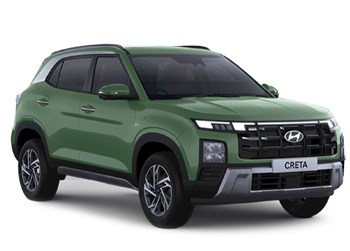
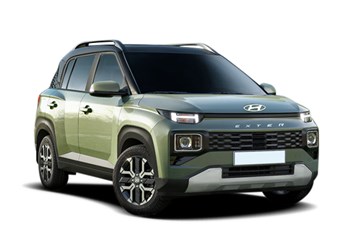
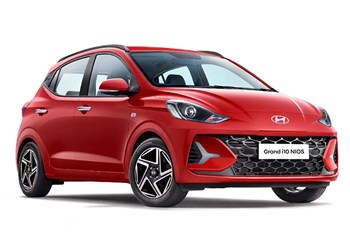
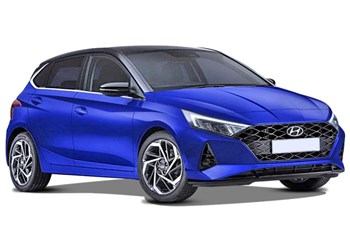
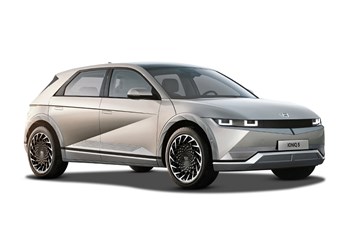
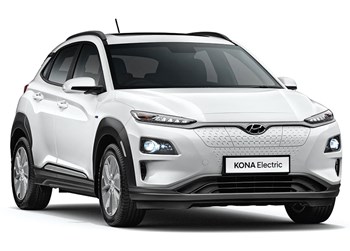







Comments
Member Login
Personal Details
No comments yet. Be the first to comment.